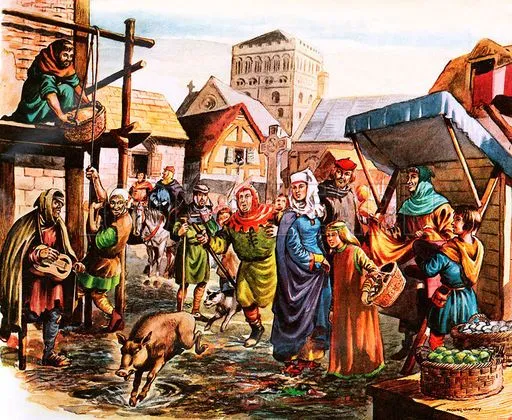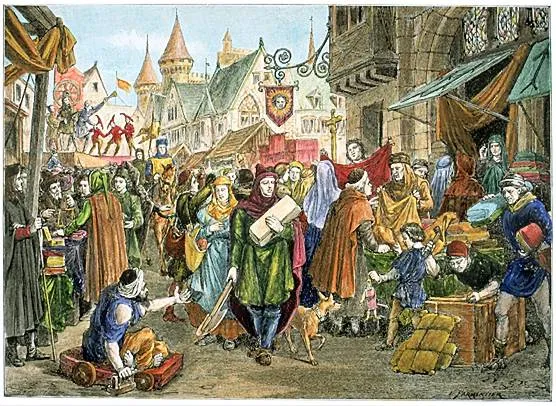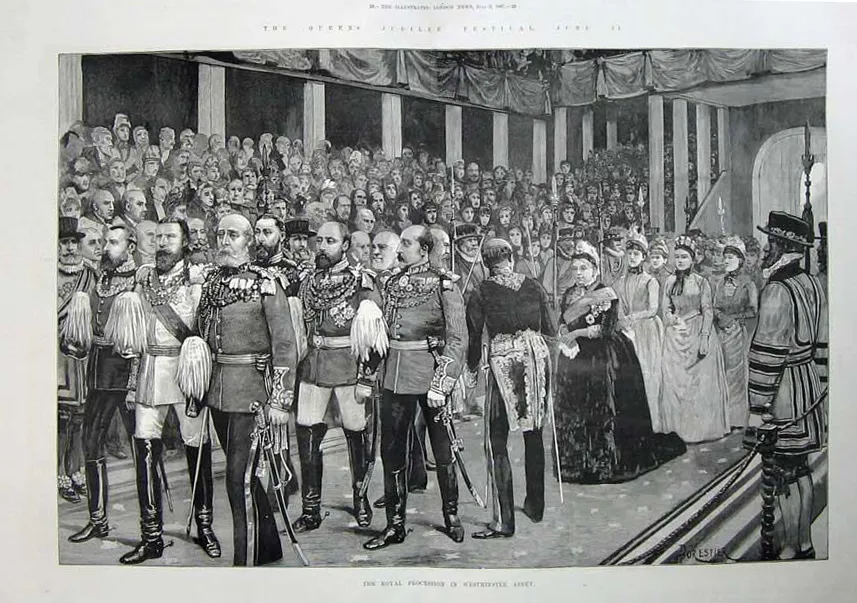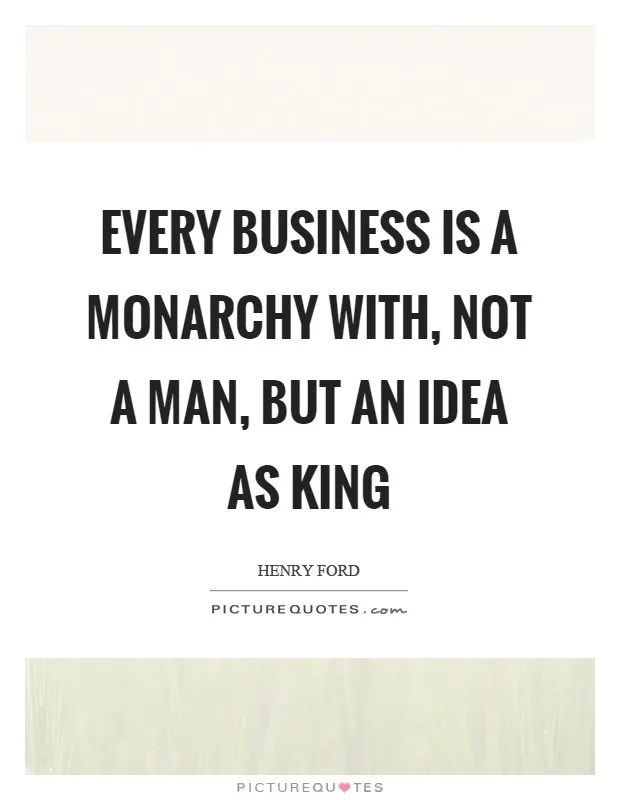European Occurrences in the Middle Ages

Image Source
Hundred Years of War
Rise of Towns and Commerce
Development of National Monarchies
Hundred Years of War
The Hundred Years War was an exceptionally complex war, fought amongst France and England, more than three primary clashes, to be specific:
Fought over control of the Gascony district in France
Rebellions supported by Britain in French cloth production towns
English cases to the French throne after the death of Charles IV.
The war, at first started by a disagreement regarding who might move toward becoming King of France after the death of King Charles IV, rapidly turned into an incredibly complex and multi-faceted war. King Edward III and his child Edward, ordinarily known as "The Black Prince", attacked Aquitaine, a colossal district in southwest France guaranteed by England. As time went on, the Kings of England and France included themselves in numerous more operations, running from a civil war in Brittany, trade debate in what moved toward becoming Belgium, even a war in Castile.
The three major skirmishes of the Hundred Years War, Crecy, Poitiers, and Agincourt, were reverberating English triumphs, the flower of French respectability being chopped down at each fight. In any case, despite the fact that the English won each major fight and a large number of the smaller ones, generally poor England was never ready to quell southern France, by a long shot the wealthiest portion of France, which inevitably prompted the English losing the war.

Image Source
Rise of Towns and Commerce
From the 6th to 10th centuries, there were few commerce centers and just little merchant classes in Europe. What long-separate trade there was generally centered around extravagance goods for the honorability and church elites, and was intervened by voyaging merchants, for example, Syrians or Jews. Crafts were conveyed locally in manors. Populaces were not sufficiently huge to support assist economic developments, and Viking and Arab assaults made trade routes dangerous.
Amid the High Middle Ages of 1000-1500, long separation trading wound up plainly more secure and in this manner more beneficial. Accordingly, craftsmen moved into developing centers of trade, driving lords and serfs to have their goods from these centers of trade. Towns shaped groups and urban organizations, or cooperatives, that worked together to battle wrongdoing or manage monarchs and nobles. Guilds likewise emerged, allowing for the collective supervision of undertakings, the work was done by dependable people, and the guilds accommodated professional education.
The spirit of the medieval economy, nonetheless, was to avert rivalry. The rise of towns had a freeing impact. They constrained the lords to offer more liberated terms to the peasantry. Frequently, peasants earned opportunity as a byproduct of a yearly installment to the lord. Allowing substantial numbers of people to move from agricultural to industrial work in the towns brought economic increasing speed. To be sure, a kind of handicraft industrial transformation occurred amid the 12th and 13th centuries, particularly in the dairy animals countries where extraordinary clothmaking centers, for example, Ghent and Bruges gathered much riches and animated development in Western Europe generally.
The Hansa, an across the board alliance of North Sea, Norwegian and Baltic trading towns, developed in this period, opening up Scandinavian assets to supply Western Europe with furs, beeswax, timber, and fish. The High Middle Ages likewise observed Europeans coming back from Crusades in the Middle East, where they had created tastes for goods not delivered at home. These homecomings acquainted medieval Europeans with intriguing spices, fruits, silks, drugs, and other eastern products out of the blue.
Cities around the Mediterranean participated in the trade that created, with Venice turning into the wealthiest port of passage for Asian goods, the base from which Marco Polo and his colleagues put forward on their voyage to China.

Image Source
Development of National Monarchies
Amid this same time frame, the monarchies started to develop, and thus people started to see the arrangement of bound together nation-states. Kings sent executive orders and started to initiate royal courts, and they lived off of money from the manors that they possessed and expenses from their vassals. The king's royal council was a gathering of his vassals that exhorted him on state matters, which brought about the arrangement of fundamental departments of government.
At the point when agents of towns started to meet, this was an early development of fundamental parliaments. These parliaments didn't be able to direct to the king, yet could state grievances and the king could follow up on them. This was a fundamental kind of enactment. What's more, the arrangement of these parliaments prompted the foundation of the three estates, to be specific:
The clergy
The landed and noble class
The burghers of chartered towns.
Britain had two houses of parliament:
The House of Lords
The House of Commons.
Black Death which is regularly know as Bubonic Plague, hit Europe in 1347. Transmitted principally by fleas and rats, the bacteria alluded to as "Y". Pestis cleared over the continent, slaughtering one third of the populace by 1351. The bacteria is thought to have been endemic among rat populaces on the Asian steppes, and bounced to humans in Europe with awesome destructiveness.
The beginning of the illness was sudden which bears the following manifestations:
Fever
Weakness
Delirium
Lung trouble
Darkcolored swellings in the neck, armpit and crotch regions.
Regularly, those tainted died inside 1-2 days, including young and beforehand healthy people.

Image Source

References:
https://en.wikipedia.org/wiki/Middle_Ages
http://www.history.com
https://www.britannica.com/topic/history-of-Europe/The-Middle-Ages
https://en.wikipedia.org/wiki/Monarchies_in_Europe